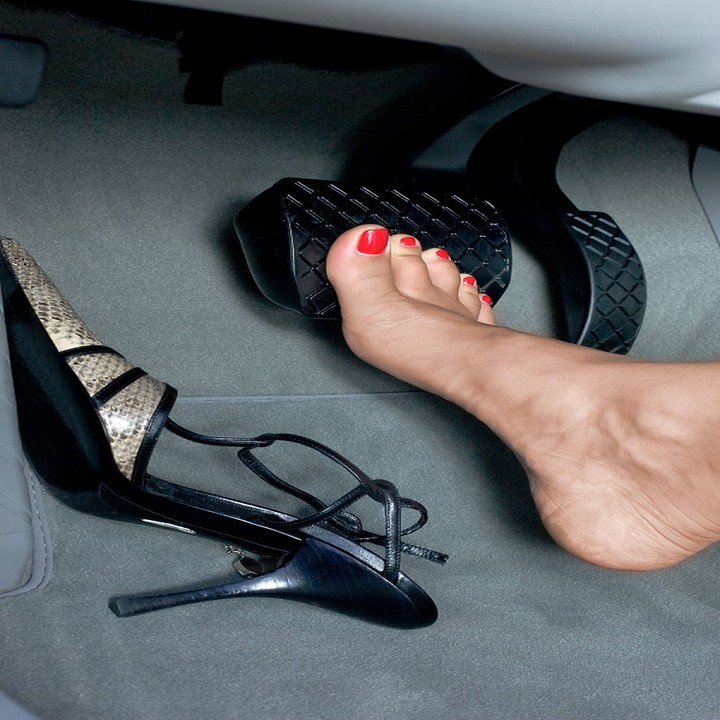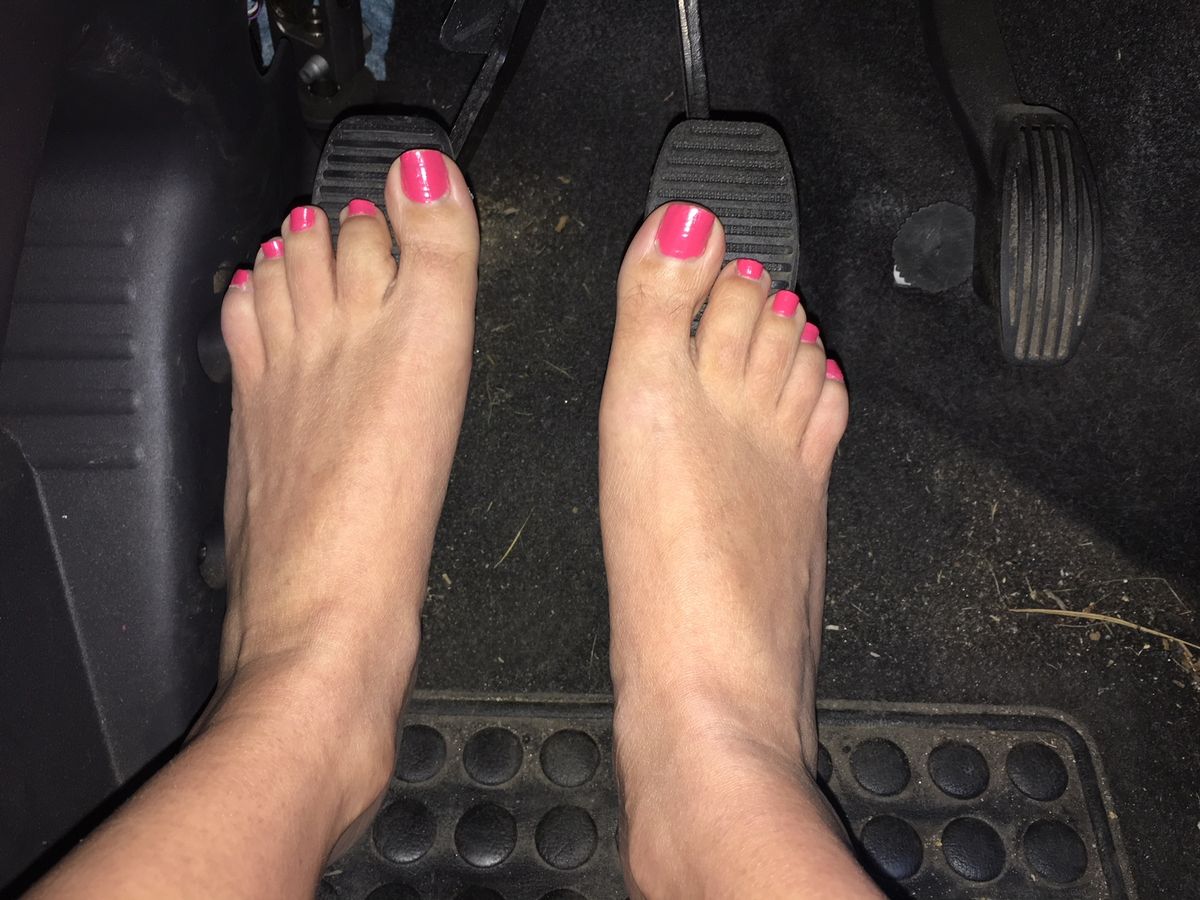There is no law that forbids driving barefoot or with palms and flip-flops. However, driving with shoes is highly recommended and is the generally accepted option.
Every day, several hazards occur worldwide, be it mishaps, man-caused accidents, or natural disasters that remind everyone to abide by safety rules and regulations as they go about their daily activities.
Safety rules and regulations apply in all aspects of life, from the home to the office, workplace, the workshop, while journeying in vehicles, etc. While many regards it as unsafe to drive without any form of footwear, others are of the take that driving with shoes does not affect how well you drive.
The Federal Road Safety Commission has weighed in, noting that it was legal to drive barefoot.
“Contrary to what many people believe, it is legal to drive barefoot. In fact, road safety experts would rather you drive barefoot than in thongs or high heels, which can slip off the pedals.
“Ideally, however, drive in comfortable shoes with grippy soles,”.
ALSO READ: Cars and their Funny Nigerian Nickname
In the 90s, Jason Heimburg reportedly wrote to the departments of motor vehicles in all 50 states of the USA to confirm if driving barefoot is illegal. Eventually, he got responses from all departments that clearly stated that driving barefoot is legal.

Regardless, people continue to argue against driving barefoot, as driving in comfortable footwear is considered a safer practice in comparison. A couple of their key points include:
- Better Brake Pressure: while driving, you must be conscious of how other motorists are moving and be prepared to react timely should one or more of them make mistakes on the road. With footwear, you can generate higher pressure, if need be, to slam on the brakes to prevent a collision with another vehicle, item, or person on the road. In a reverse situation where you may need to escape a dangerous situation, footwear affords you better pressure to accelerate faster than you would barefoot.
- Slip: The skin of our palms and soles of our feet typically emits sweat particles, especially when in continuous contact with something else. These Sweat particles produced in even greater quantity in extreme weather conditions make driving barefoot a terrible idea. If the contact between the foot and the pedal/brake has been made slippery by sweat, there is a good chance the leg might slip, especially in a panic situation.
- Potential Charges: while you drive, you are responsible not just for yourself but for the lives of all occupants of the vehicle. In a situation of a minor accident, or a traffic officer deems your misbehaviour was caused by driving barefoot, you could be sued with distracted driving charges. While these charges are usually easily contested, it would be wiser to avoid them altogether.
Driving Barefoot Conclusion
In most regions, driving barefoot is considered legal but unsafe. It is, however, comparably safer than driving in otherwise uncomfortable footwear such as flip-flops, open-toe shoes, and high heels. Regardless, it is essential to note that your actions are not just for your safety but also for the other vehicle occupants and vehicles on the road.
At all times, wear appropriate footwear while driving.













